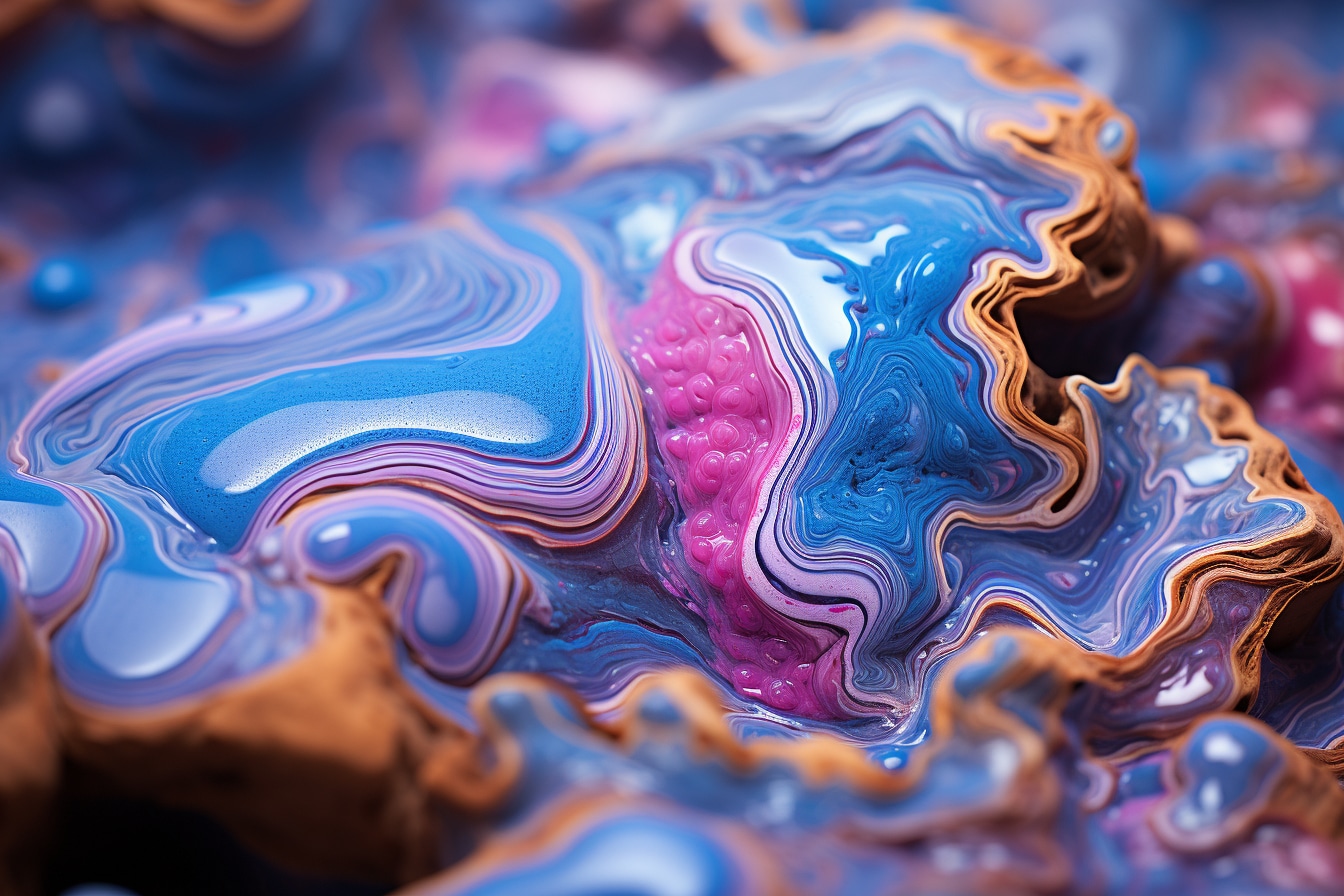Artificial intelligence and its impact on e-commerce
The world of e-commerce is undergoing rapid transformation thanks to advancing technologies. Artificial intelligence (AI) is an integral part of this evolution, enabling marketers to improve their offer and provide an ever more personalized and optimized user experience. In this article, we’ll explore the main trends linked to the use of AI in e-commerce, including the generation of product images by these technologies.
How AI is used in e-commerce
The applications of artificial intelligence for e-commerce are manifold, covering different aspects of the user experience. Here are just a few examples:
- Product recommendation: AI can analyze customer behavior to offer personalized product recommendations based on their preferences and purchase history.
- Price optimization: By analyzing data gathered on past sales and market trends, l\’AI can determine the best price for each product and quickly adapt pricing to demand.
- Fraud detection: AI is able to identify suspicious behavior and detect fraud attempts in real time, protecting merchants and customers alike.
- Customer service: AI-powered chatbots are increasingly common on e-commerce sites, offering personalized support to customers and quickly answering their questions.
AI-generated product images
One of the most promising trends in e-commerce is the use of AI to automatically generate product images. This technology makes it possible to create realistic, high-quality visuals without the need to photograph each product individually. Here are just a few of the benefits of this approach:
- Saving time and money: Producing product images can be costly and time-consuming, especially for large companies with a large catalog. AI can dramatically reduce these costs and speed up the process.
- Customization: AI-generated images can be tailored to customers’ preferences, offering them an even more personalized shopping experience. For example, it is possible to show a garment worn by a virtual mannequin that looks like the customer, or to present a piece of furniture in an environment similar to that of the consumer.
- Performance improvement:AI algorithms can analyze user reactions to different product images and suggest improvements to optimize their impact.
Concrete examples of using AI to generate images
Many companies have already adopted this technology to improve their offering and optimize their processes. Here are just a few examples:
- A clothing brand has developed an AI system that creates images of mannequins wearing the different sizes and colors of each garment, enabling customers to better visualize the product before placing an order.
- A furniture manufacturer uses an AI algorithm to create 3D images of items in its catalog, which customers can then insert into a photo of their own interior to see what they will look like once installed.
- An e-commerce site is experimenting with AI to offer entirely computer-generated “product photographs”, without the need for actual photo shoots.
The challenges of using AI in e-commerce
Despite its many benefits, integrating artificial intelligence into e-commerce is not without its challenges. Here are some of the obstacles to overcome:
- Development costs: Setting up a high-performance AI system can represent a significant investment, particularly in terms of time and human resources.
- Regulation: Regulators are increasingly scrutinizing the use of AI, particularly with regard to personal data protection and algorithmic bias.
- Ethics: The use of artificial intelligence raises ethical issues, for example with regard to consumer manipulation or liability in the event of error or fraud.
The potential of artificial intelligence to transform e-commerce is immense, and the generation of product images is just one example of the technology’s influence on the industry. Nevertheless, marketers need to be aware of the challenges involved in taking full advantage of AI, while respecting regulations and ethical concerns.




